Frequently Bought Together
CH9329 Serial UART to Standard USB HID Device Module is a versatile interface solution that enables microcontrollers and embedded systems to communicate directly with a host PC via a USB Human Interface Device (HID) protocol. The CH9329 module effectively bridges the gap between the simple, widely available UART (Universal Asynchronous Receiver/Transmitter) interface and the sophisticated USB HID class. Consequently, this module allows developers to create custom peripherals that appear to the operating system as standard USB keyboards, mice, or custom HID devices, without the need for host-side drivers. Furthermore, its compact design and powerful capabilities significantly simplify the development process, allowing you to rapidly deploy custom USB devices for data acquisition, industrial control, and interactive applications.
Key Features:
- UART-to-HID Conversion: The module seamlessly translates standard serial data commands into USB HID report packets, eliminating complex USB protocol stack programming on the microcontroller side.
- Driverless Operation: Therefore, the device utilizes the standard USB HID class, requiring no custom drivers for operation on major operating systems (Windows, Linux, macOS), ensuring true plug-and-play functionality.
- Flexible HID Support: It supports USB Keyboard, USB Mouse, and Custom HID modes, giving the user versatile options for device emulation.
- High Baud Rate Support: The UART interface supports high data rates, typically up to 115200 bps or higher, allowing for fast and efficient data transmission.
- Simple Configuration: You can configure the module through simple serial commands, making it easy to set the working mode and parameters.
Technical Specifications:
- Main Chip: WCH CH9329
- Interface: UART (TXD, RXD) to USB (Type-A or on-board connector)
- USB Protocol: USB 2.0 Full Speed (≈ 12 Mbps)
- UART Baud Rate: Supports standard rates including 9600, 57600, 115200 bps
- Operating Voltage (VCC): Typically 5 V DC or 3.3 V DC (Check specific module variant)
- Logic Level: 3.3 V CMOS/TTL (5 V tolerant in some cases)
- Current Consumption: ≤ 20 mA (Typical operating)
Mechanical Specifications:
- Package Type: Compact PCB Module
- Mounting: Pin headers for easy integration into breadboards or custom PCBs.
- Connector: Standard USB Type-A Male or Micro-USB depending on the module’s design.
- Indicator LED: Includes a power and/or communication status LED.
Dimensions:
- PCB Length: ≈ 35 mm
- PCB Width: ≈ 18 mm
- Height (Incl. Components): ≈ 5 mm
- Weight: ≈ 5 g (Ultra-lightweight for portable projects)
Pinout and Wiring:
- VCC: Connect the module to the positive power supply (≈ 3.3 V or 5 V).
- GND: Connect to the system ground (0 V).
- RXD: This is the UART Receive pin; connect it to the microcontroller’s TX pin.
- TXD: This is the UART Transmit pin; connect it to the microcontroller’s RX pin.
- Pin (Mode): An optional pin often used to select the initial HID working mode (Keyboard, Mouse, or Custom).
- Wiring Note: Ensure you cross the RX/TX lines correctly (MCU TXD → Module RXD, MCU RXD → Module TXD). Consequently, this guarantees reliable serial communication.
Datasheet Reference:
Commonly Used in:
- DIY Keyboard/Mouse Projects: Rapidly prototyping custom input devices and macro pads using simple microcontrollers.
- Data Logger Interfaces: Providing a simple way for an embedded logger to input data directly into spreadsheet programs on a PC.
- Industrial Control Panels: Creating custom USB button or switch matrices for machine operation.
Applications:
- Custom USB Input Devices: Building bespoke input hardware for gaming, productivity, or accessibility.
- Serial Data Injection: Injecting serial data output from sensors or instruments directly into a PC application as keyboard data.
- System Debugging: Allowing simple microcontrollers to send debug commands or status information directly to a PC interface.
Equivalent Models:
- FTDI FT232R (with custom firmware): While primarily a UART-to-Virtual COM Port converter, however, custom firmware is sometimes used to achieve similar HID functionality.
- Certain specialized MCU firmware: Microcontrollers with native USB capabilities (e.g., ATmega32U4, STM32) can achieve this function through extensive firmware development, but the CH9329 is a dedicated hardware solution.
- Other WCH products (e.g., CH341/CH340 in specific modes): These generally focus on Virtual COM Port, although the CH9329 is dedicated to the HID class.
Package Includes:
- 1 x CH9329 Serial UART to Standard USB HID Device Module
Additional information
| Weight | 5 g |
|---|

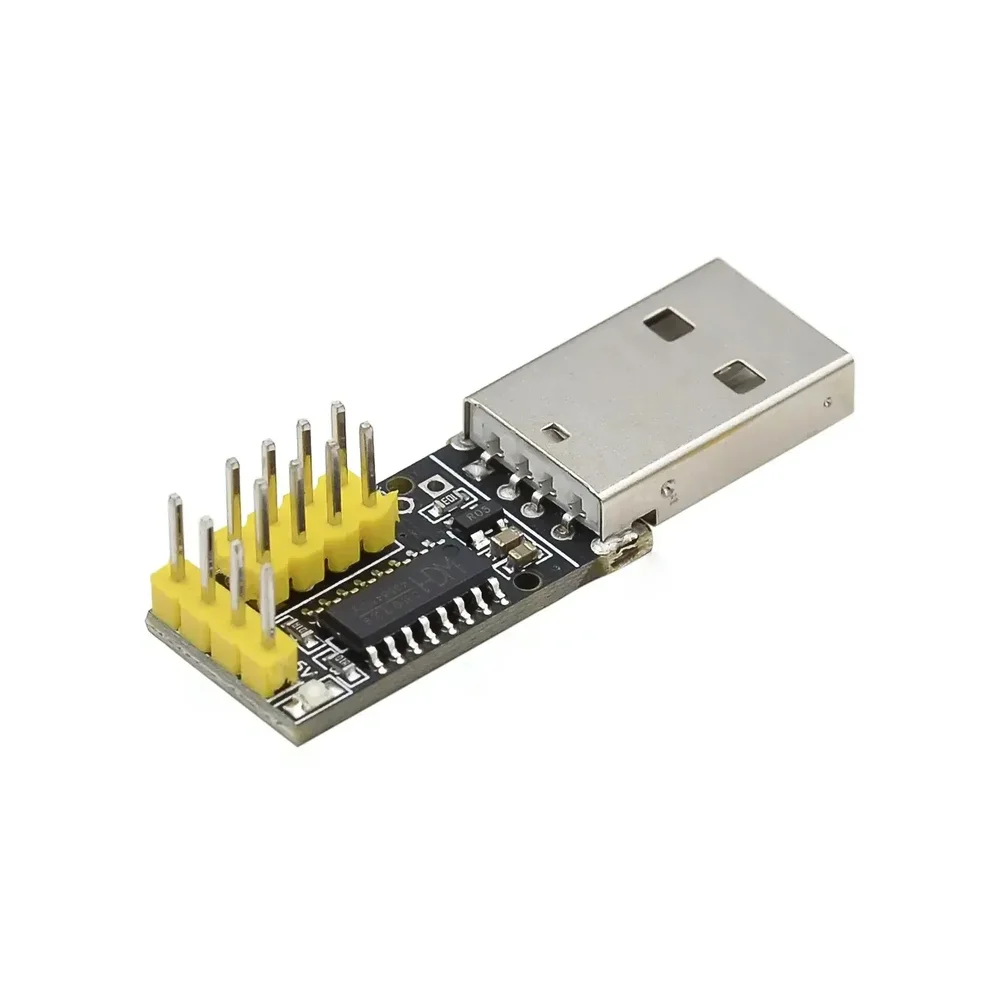


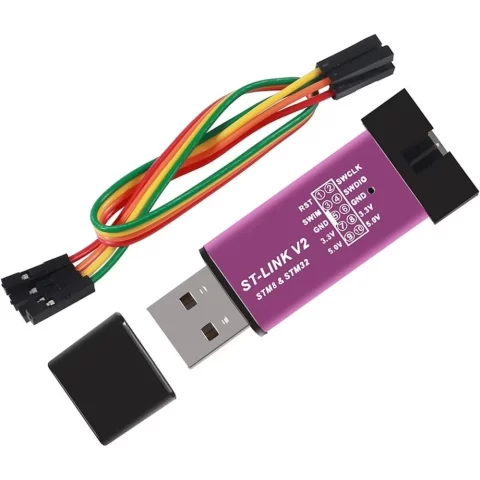
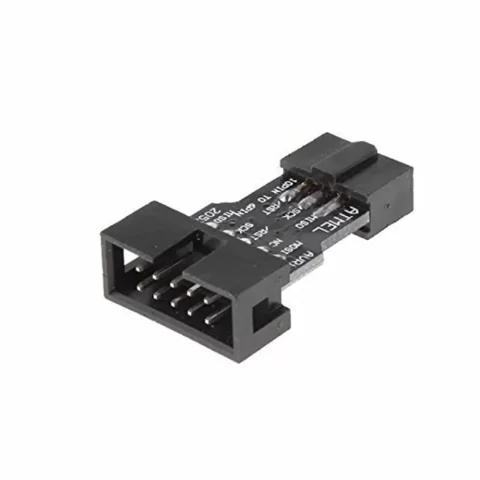
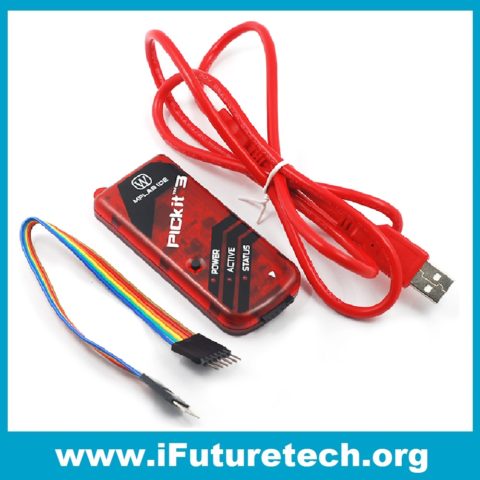
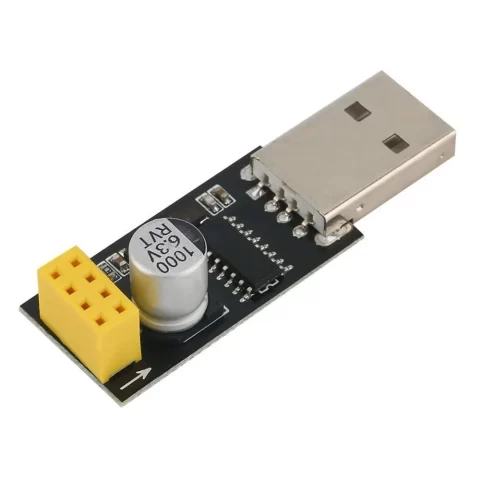
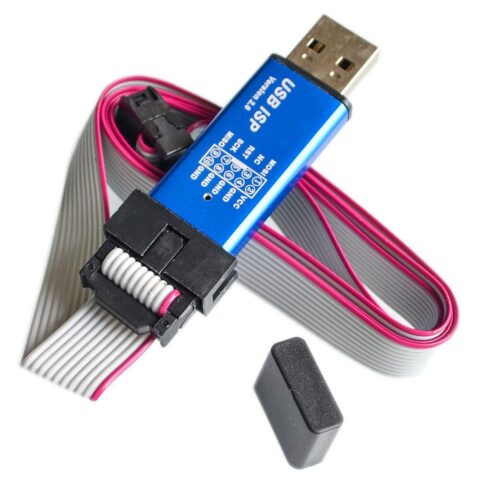
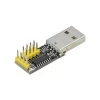
Reviews
There are no reviews yet.